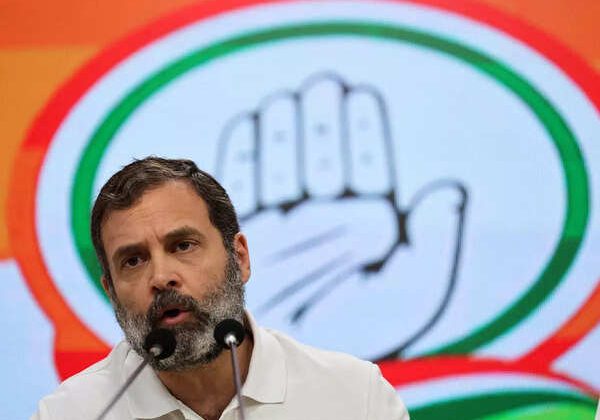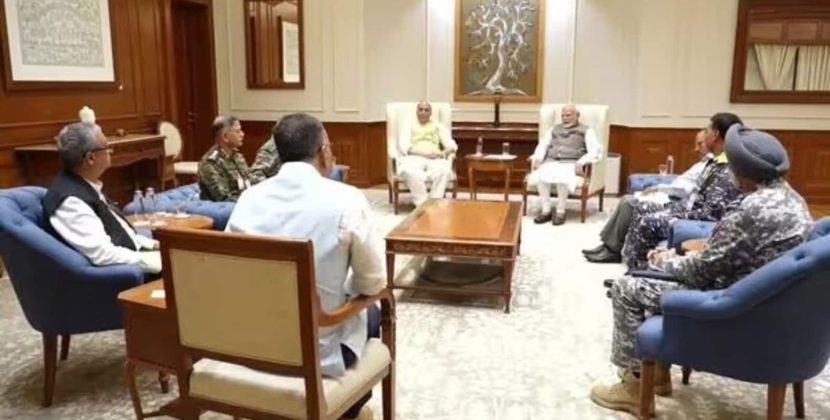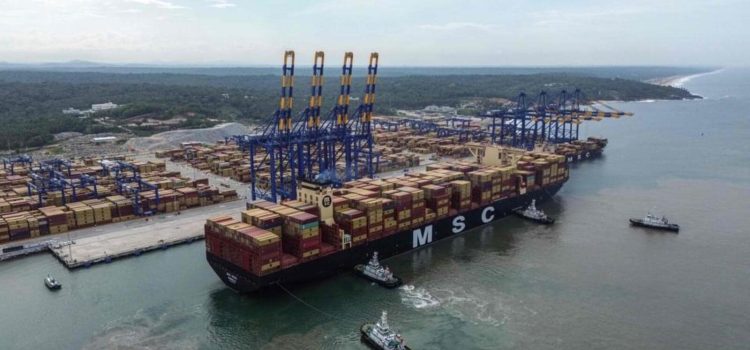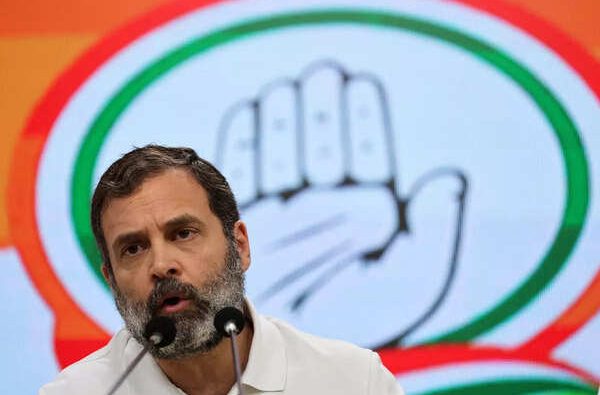
The government is exploring a slew of short-term and long-term measures to help Indian industry tide over the fallout of the 50% tariffs on goods sent to the US—one of the few countries with which India runs up a massive trade surplus, people aware of discussions said.
The strategy includes steps to promote exports, divert trade, and create domestic demand by substituting items that are imported, these people added, describing the decision-making following recent engagements between the government and producers and exporters.
The steps come even as officials in New Delhi maintained regular technical engagement with counterparts in Washington.
The turbulence in the ties, however, is largely political: Trump has hit out at India, first slamming it for having levies that are “among the highest in the world” and announcing a 25% rate on Indian exports on July 31. Then, on August 7, he issued an executive order slapping another 25%, citing India’s purchase of Russian oil that, Washington has claimed, helps fund the war in Ukraine.
“As sovereigns, India and the US can have a mutually beneficial trade deal. But President Donald Trump’s unilateral decisions to impose punitive tariffs when talks are ongoing are unwarranted and counterproductive,” one person said, adding that both sides remain engaged to find amicable solutions.
This echoes India’s stated position. Ministry of external affairs spokesperson Randhir Jaiswal called the tariffs “unfair, unjustified and unreasonable” on Thursday while vowing that India would “take all necessary measures to safeguard its national interests and economic security.”
Bilateral trade negotiations between India and the US are progressing well “as on date” but nothing is certain given the unpredictable nature of the US leadership, the person quoted above added.
On one of the key contentious issues—oil from Russia—the people added that India will continue purchasing crude oil from countries of its choice, including Russia and 38 other nations, irrespective of the Trump administration’s “unjustified move”.
However, commercial dynamics are already reshaping India’s energy sourcing patterns. Public sector refiners have scaled down purchases of Russian crude in recent months for commercial reasons, as discounts on Russian oil have narrowed significantly.
According to two people with direct knowledge, refiners often buy Russian crude from the spot market depending on discounts. “They determine the quantum of purchase as per their commercial judgement and the government has not asked them to curtail purchase of crude oil from any particular country,” one person said.
“Similarly, private refiners are free to purchase crude from any country,” he added, noting their decisions also depend on available discounts.
A report by rating agency ICRA shows Russia accounted for approximately 35% of India’s crude imports in FY2025. The monthly average imputed price of crude petroleum imports from Russia was about 13% and 14% lower than West Asian supplies in FY2023 and FY2024 respectively, leading to savings of $5.1 billion in FY2023 and $8.2 billion in FY2024.
“However, the extent of discount narrowed sharply to around 7% in FY2025, reducing the savings to $3.8 billion. Given the narrowing of discounts on Russian crude since FY2025, coupled with sanctions by the EU and the US, it appears increasingly unlikely that such imports from Russia will benefit India materially going forward,” ICRA said.
State-run Indian Oil Corporation, Hindustan Petroleum Corporation, Bharat Petroleum Corporation and the petroleum ministry did not respond to email queries on the matter.
Companies typically do not reveal the quantity and value of crude purchases from individual countries.
Government departments and industry are holding consultations to assess the impact of US tariff action and identify solutions, according to a third person involved in such meetings.
Out of approximately $86 billion in exports to the US, about 40% comprises non-price sensitive items such as basmati rice and Indian jewellery that would not be significantly affected.
However, sectors including textiles and chemicals face substantial impact.
News agency Reuters quoted the managing director of Pearl Global, whose US client list includes Gap and Kohl’s, as saying that the company has begun receiving panic calls with an ultimatum for it to share the tariff hit or move production out of India.
“All the customers are already calling me. They want us to … shift from India to the other countries,” Pallab Banerjee told Reuters. To calm US customers’ nerves, the company has offered to shift production to its 17 factories in Bangladesh, Indonesia, Vietnam and Guatemala to bypass the steep US levies on Indian imports.
Trump’s initial tariff proposals in April were lower for India than for the rival Asian garment hubs of Bangladesh, Vietnam and China.
But the tables have turned as relations between New Delhi and Washington have soured, with India now facing a 50% tariff, versus 20% for Bangladesh and Vietnam, and 30% for China.
India exports textiles worth $11 billion to the US, representing about 9% of total Indian merchandise exports to America.
The government is considering sector-specific demands from domestic manufacturing, including extension of existing export promotion schemes, introduction of new schemes, ease of compliances and trade diversification.
“We can intensify our efforts to explore new markets so that US-bound goods can be diverted to other countries,” the third person said, adding: “Major economies of the world are eager to have free trade agreements with India because of its domestic market”.
A third option is to harness domestic demand. “We already have a large market with aspiring middle-class consumers. We must now harness our own strength to boost our manufacturing, thus substituting imports by encouraging domestic production.”
The multi-pronged approach reflects India’s determination to maintain strategic autonomy in energy procurement whilst exploring alternative markets and strengthening domestic manufacturing capabilities to reduce dependence on the US market.
The strategy acknowledges that while immediate disruption from tariffs is inevitable, India’s large domestic market and growing middle class provide leverage for long-term economic restructuring that could ultimately reduce vulnerability to external trade pressures.











